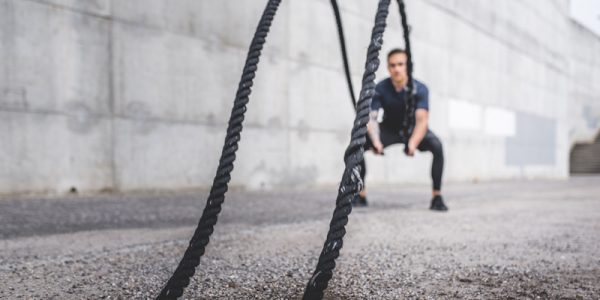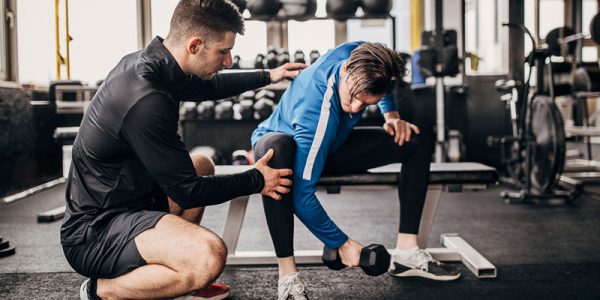Let’s start by considering opposing muscle groups: one contracts while the other is stretched. Like the biceps/triceps, quadriceps/hamstrings. Knowing that, let’s see how many folks screw up their ab training.
The problem is when you lock a flat or slightly arched back throughout the motion, which is absolutely critical for every bodybuilding exercise for spinal safety that isn’t for abs or lower back. Here, you need to unlearn that lesson, because it can make such movements as cable crunches and decline crunches essentially meaningless.
Remember, to hold a flat back, you must contract your erector spinae (lower back muscles) isometrically, at the very least. Good luck trying to do that while simultaneously actively contracting its antagonist – the rectus abdominis – through a full range of motion. In fact, try to suck in your gut while doing a set of bent-over rows, a feat that photographers ask in vain of bodybuilders during photo shoots.
During an abdominal exercise, your goal is to physically bring the pelvis and ribcage closer to each other, which stretches the low back musculature (erectors). You can see how holding an isometric contraction of the erectors, then, hinders the antagonist muscles from being able to flex, and then stretch. Oftentimes, what happens instead is that you hinge at the hips, rather than achieving significant shortening of the rectus-abdominis muscle. The hip hinge is what you do during movements such as bent-over lateral raises, bent-over rows and Romanian deadlifts. But, a hip hinge doesn’t bring your pelvis and ribcage together, and here’s where you need to distinguish between bending at the hips and bending at the waist.
It may help to think of your spine not like your highly inflexible thigh or arm bone, but rather the series of small vertebrae that it is, which allows a high degree of bending in either direction. That curving is in fact what you’re trying to achieve in lower back and abdominal movements. The hip hinge, then, is the movement at the joint, not the movement along the spine that brings the ribcage and pelvis closer.
Curling your spine in an ab exercise means that your lower back must intentionally round. If you’re keeping your back locked flat or slightly arched, you won’t get the ab engagement that you’re seeking.








